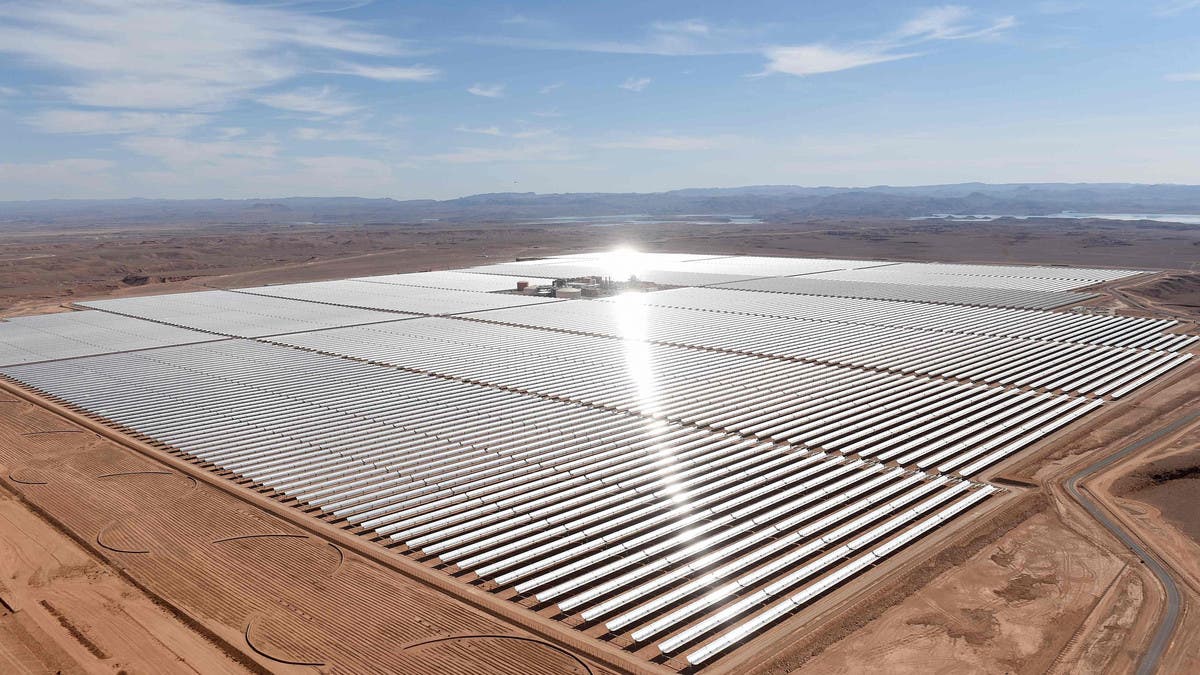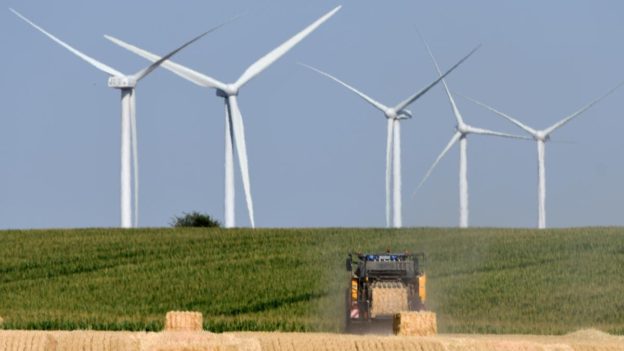You can neither create nor destroy energy. We can only harness the Earth’s natural resources to generate enough power to feed our insatiable demand for electricity.
Fossil fuels are fantastic to meet this goal, but as everyone knows they are becoming unsustainable for the environment. With the burden being placed on the planet new and innovative energy resources are being developed with, what seems, new technologies and systems coming online every day.
For the latest headlines, follow our Google News channel online or via the app.
Let’s look at the current Top 5 renewable energy sources.
Battery energy storage systems
It’s obvious that batteries play a crucial role in our daily lives, whether powering our phones or cars. Much of energy stored in these batteries comes from solar and wind power.
The International Renewable Energy Agency (IRENA) has shown that storage technologies can be used for a variety of applications in the power sector, from e-mobility and behind-the-meter applications to utility-scale uses.
Investment in semiconductor technology is huge, with a focus to build smaller and smaller batteries that can generate power for longer and longer. Corporate funds invested almost $5 billion in battery storage companies during the first quarter of 2021, according to Mercom Capital.
Pro: Battery storage allows national energy grids to offer consistent seamless power.
Con: Currently the high costs involved to generate electricity is hindering adoption.
Hydrogen
This energy resource is the new kid on the block and came to the fore recently. Hydrogen is used in a fuel cell, and when consumed to generate power produces only water.
It’s versatile and is portable making it useful for cars and transportation to locations with no access to energy.
Pro: Different natural resources can be used to produce hydrogen including biomass, gas and nuclear power.
Con: Similarly to battery energy storage, another downside is its weight. Very light, hydrogen is difficult to move through pipes and other systems.

A picture taken on February 4, 2016 shows an aerial view of the solar mirrors at the Noor 1 Concentrated Solar Power (CSP) plant, some 20km (12.5 miles) outside the central Moroccan town of Ouarzazate, ahead of its inauguration. (File photo: AFP)
Concentrated solar power
By using mirrors to focus large areas of sunlight onto smaller zones light becomes concentrated, creating the heat that can then generate electrical power. It’s becoming the favored method of solar energy for large-scale projects.
It has the capacity to maintain a standard level of energy to feed into national electricity grids.
Masdar is one company that has developed different concentrated solar power systems, including the 100-megawatt (MW) Shams 1 Plant.
Pro: It can utilize thermal storage making it easy to meet demand as it rises and falls making it highly efficient.
Con: The location required to successfully harness the power of the Sun can prove problematic, and needs a huge amount of space for any project installation.
Wind
This renewable harnesses kinetic energy from turbines driven by wind. The turbines themselves are huge, and are being placed on land and in coastal waters of many countries.
An eyesore for many, as they become a common sight with projects coming online, some say they can add a modern dimension to the natural surroundings where they’re placed.
Pro: It’s a cost-effective method of producing energy, with one reason being it’s easy to locate on land and sea.
Con: The turbines can cause a lot of noise, and where they are placed needs careful consideration to avoid negative impacts on wildlife.
Waste to Energy
This requires organic products that incinerated through a burning process called “thermal treatment.”
Waste materials can include plastics, wood and paper. It involves converting waste materials into ash, flue gas, and heat. The ash mostly consists of inorganic components of waste and can be in the shape of solid lumps or particulates carried by the flue gas. The flue gases are supposed to be cleaned of particulate and gaseous contaminants before being released into the air. Sometimes, the heat generated is used in useful ways, like in producing electricity.
Pro: By greatly reducing the amount of waste the benefits are obviously, and on the back of this waste management processes become easier.
Con: The major issue with this form of energy is that it pollutes the environment as smoke containing a range of nasty particles that can cause pollution and health problems are released during the burning process. Research is being conducted to address this.
As huge amounts of investment continues to fund research and development projects to create the best sources for renewable energy, these Top 5 are being embraced widely to build a sustainable future.
https://english.alarabiya.net/amp/features/2021/08/15/Top-5-Renewable-energy-systems





